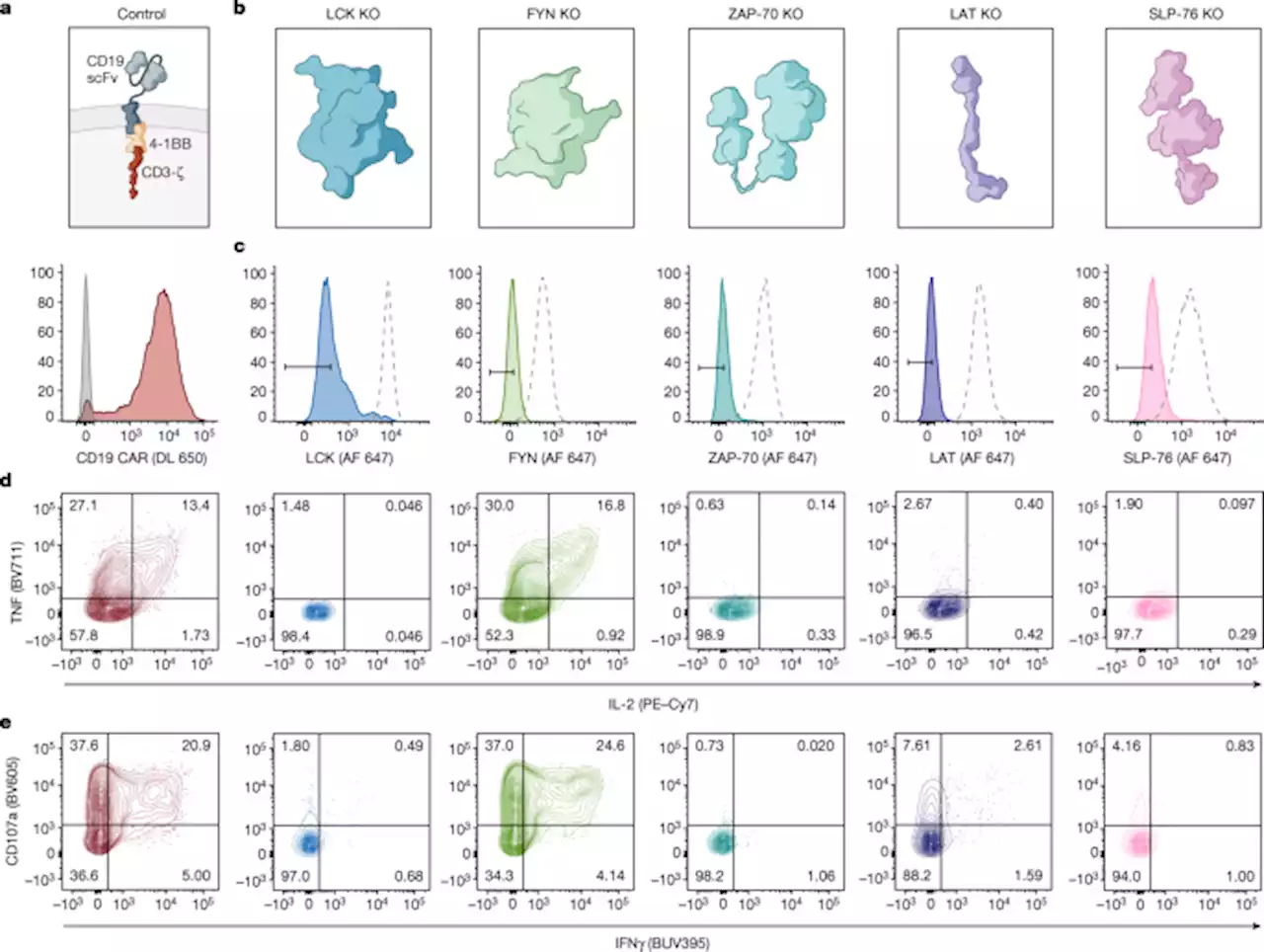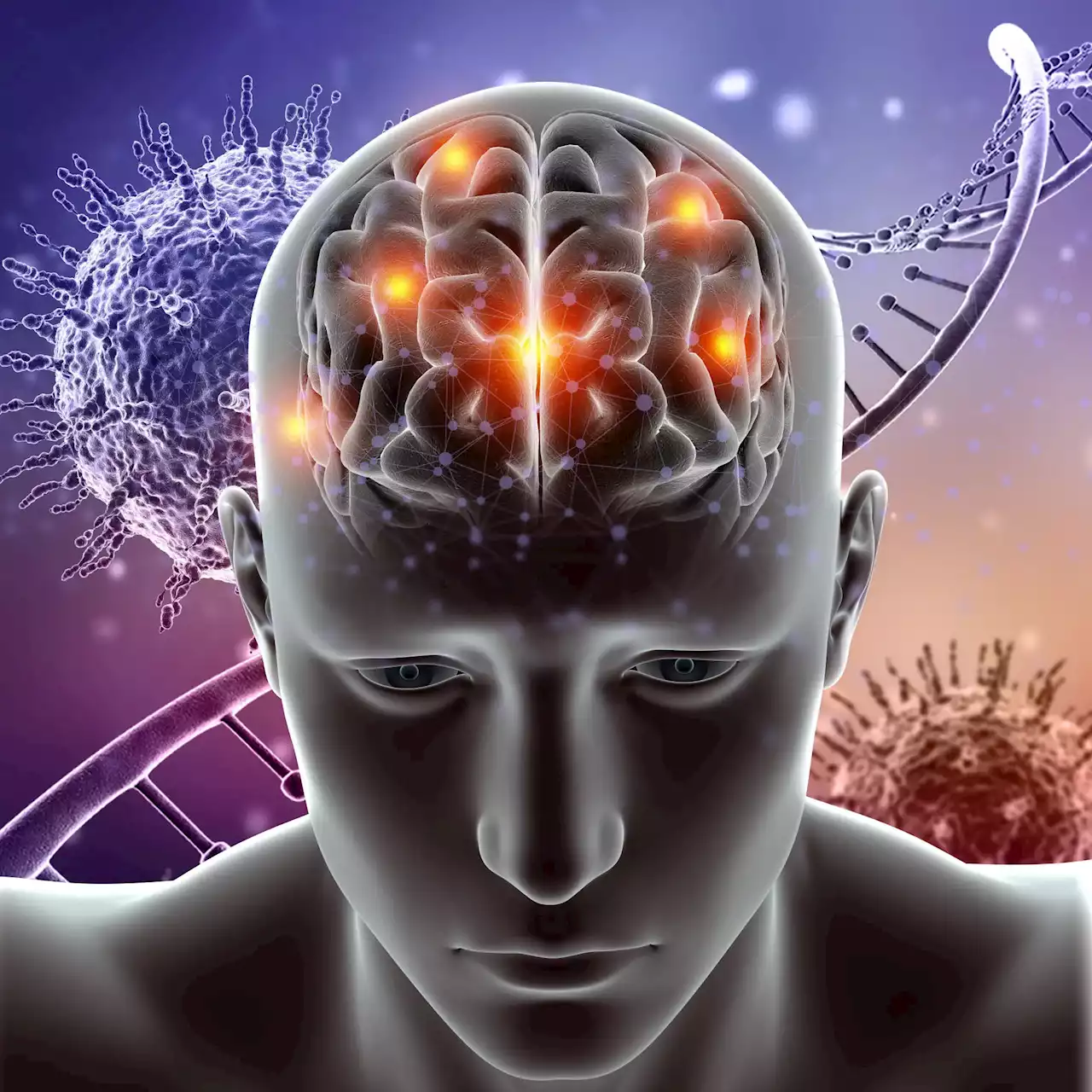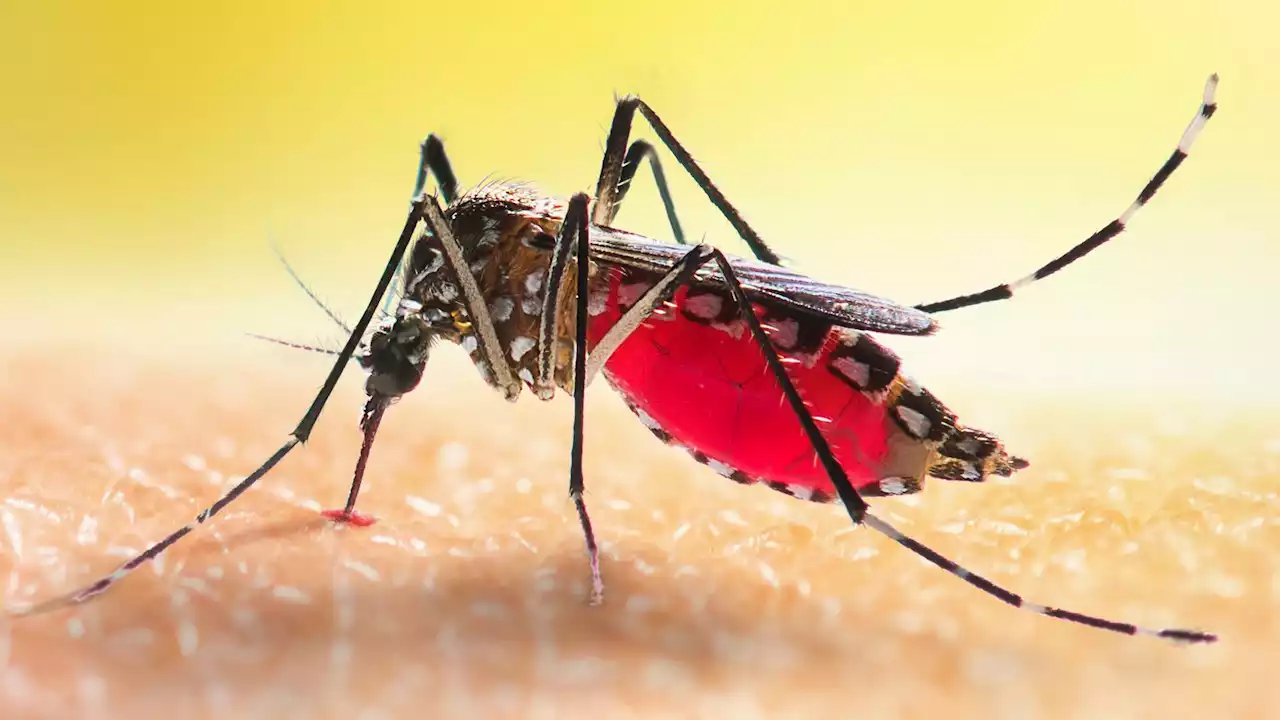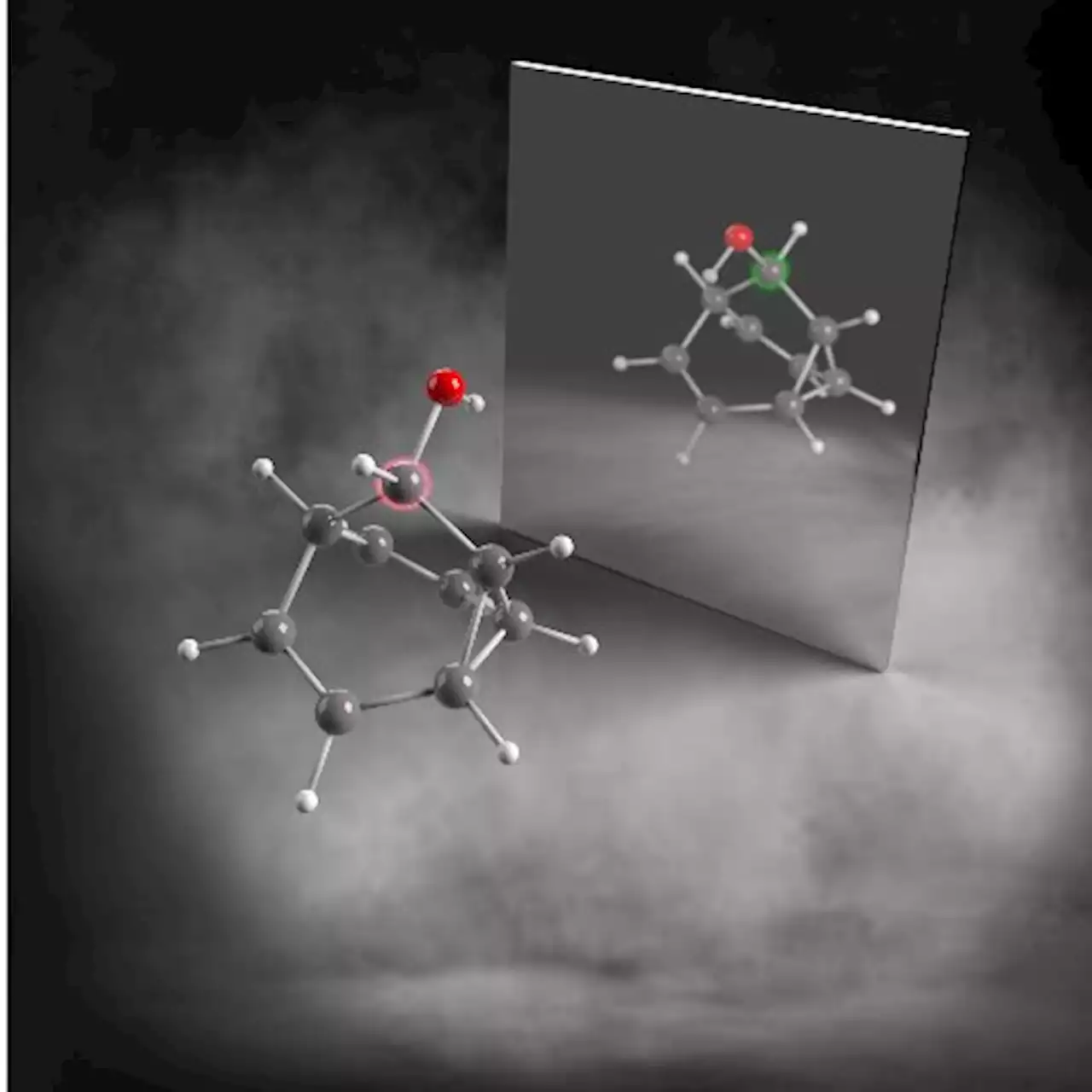Scientists develop new concepts about the shape and dynamic nature of molecules NatureChemistry
forms. These mirror image forms are vital in medicine because they have different biological activities.
Usually, it is impossible to interconvert between these"enantiomers" because to do so would require aThe researchers from Durham University and the University of York demonstrated that if the chiral center was part of a dynamic molecular cage structure, then a simple rearrangement of the cage could lead to inversion of the mirror image form of the molecule.
In this way, carbon-based stereochemistry, which is normally considered to be fixed and rigid, can become dynamic, fluxional and responsive—a new paradigm in carbon-centered chirality.The molecular cage has nine carbons atoms in its structure, which are held together by a pair of carbon–carbonand a three-membered cyclopropane ring. This combination of bonds allows some of the bonds in the structure to trade places with one another spontaneously.
Project lead investigator, Dr. Aisha Bismillah of Durham University, said,"Our dynamic carbon cages change their shape extremely quickly. They hop back and forth between their mirror image structures millions of times a second. Seeing them adapt to match changes in their environment is truly remarkable."
Further uncovering this unique dynamic form of stereochemical interconversion, the researchers demonstrated that the preferences of the cage could be transmitted to nearby metal centers, opening the possibility that this type of responsive chirality might find uses in catalysis, and the synthesis of chiral molecules forReflecting on the way in which these results overturn established ideas, Dr.
United States Latest News, United States Headlines
Similar News:You can also read news stories similar to this one that we have collected from other news sources.
 Co-opting signalling molecules enables logic-gated control of CAR T cells - NatureLogic gating is used to develop a CAR T cell platform that is highly specific and allows the activity of T cells to be restricted to the encounter of two antigens, thus reducing on-target, off-tumour toxicity.
Co-opting signalling molecules enables logic-gated control of CAR T cells - NatureLogic gating is used to develop a CAR T cell platform that is highly specific and allows the activity of T cells to be restricted to the encounter of two antigens, thus reducing on-target, off-tumour toxicity.
Read more »
 Harvard Scientists Uncover How the Brain Senses InfectionThe researchers made a breakthrough discovery of specific airway neurons in mice that alert the brain about the flu virus. A recent study in mice has revealed that a small population of airway neurons is responsible for alerting the brain about a flu infection The results help explain how dr
Harvard Scientists Uncover How the Brain Senses InfectionThe researchers made a breakthrough discovery of specific airway neurons in mice that alert the brain about the flu virus. A recent study in mice has revealed that a small population of airway neurons is responsible for alerting the brain about a flu infection The results help explain how dr
Read more »
 Scientists discovered a totally new way to measure timeScientists have looked through the quantum fog and discovered an entirely new way to measure the passage of time.
Scientists discovered a totally new way to measure timeScientists have looked through the quantum fog and discovered an entirely new way to measure the passage of time.
Read more »
 Scientists explore mosquitoes’ radar that tells them who to biteJohns Hopkins Medicine researchers may have an answer as to why some mosquitoes are more attracted to some humans than others.
Scientists explore mosquitoes’ radar that tells them who to biteJohns Hopkins Medicine researchers may have an answer as to why some mosquitoes are more attracted to some humans than others.
Read more »
 Scientists: Hawaii's Kilauea not erupting, reversing warningScientists say Hawaii’s second-largest volcano is not erupting
Scientists: Hawaii's Kilauea not erupting, reversing warningScientists say Hawaii’s second-largest volcano is not erupting
Read more »
 Scientists: Hawaii's Kilauea not erupting, reversing warningScientists say Hawaii’s second-largest volcano is not erupting
Scientists: Hawaii's Kilauea not erupting, reversing warningScientists say Hawaii’s second-largest volcano is not erupting
Read more »
